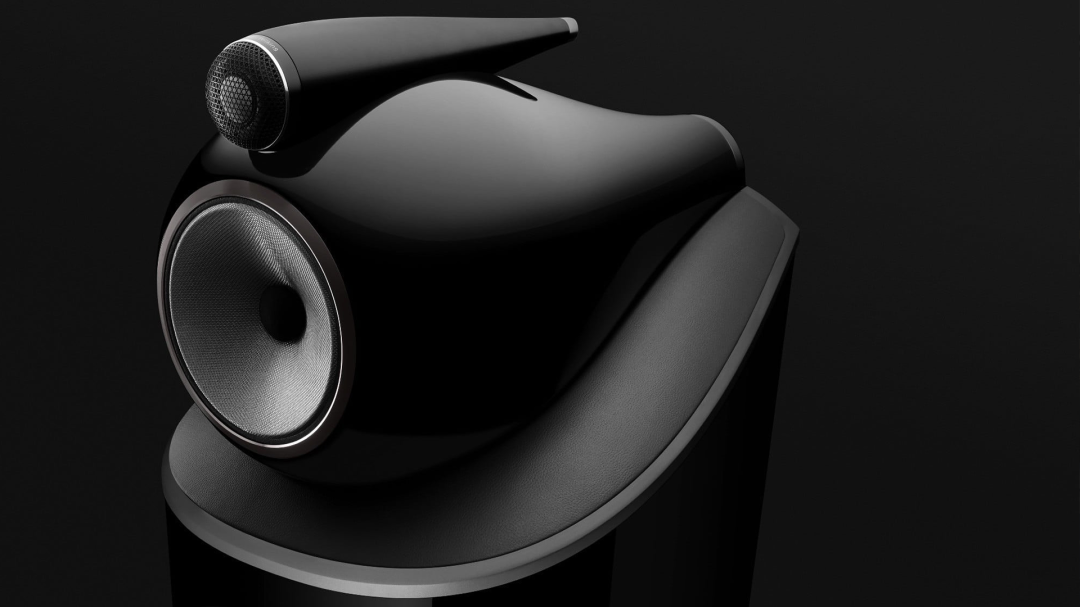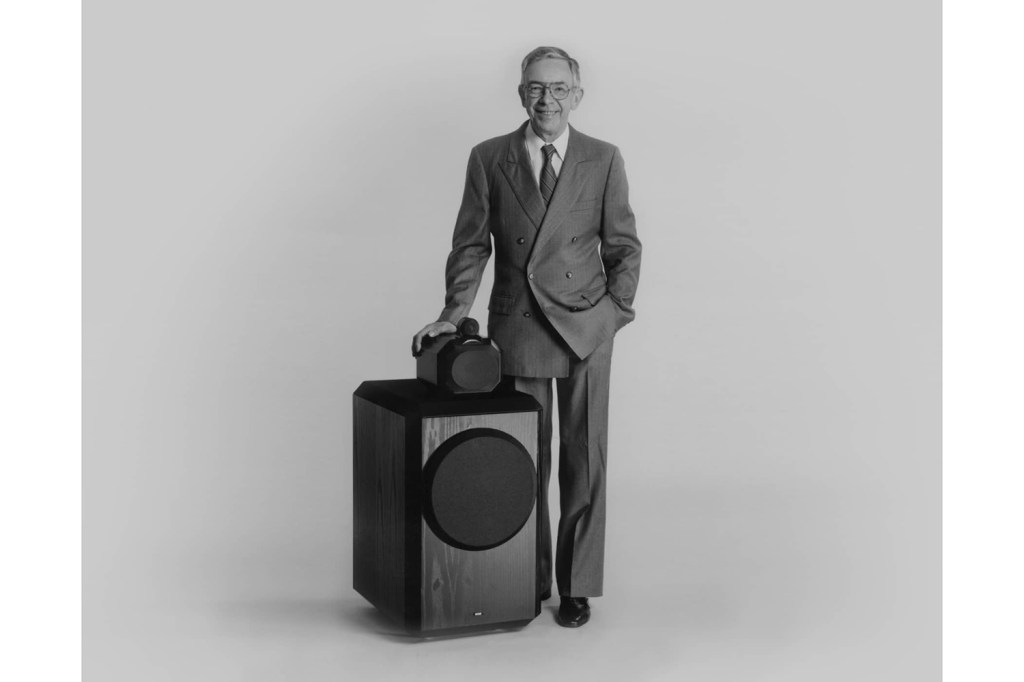What is True Sound? The concept explained
Your guide to the philosophy behind ear-pleasingly accurate audio - True Sound

Over the next few weeks you’re going to hear about True Sound here at Stuff, so we thought we’d kick off by explaining this concept and what it means. So, what is True Sound?
Well, we should start by clarifying that it’s not an exact science – not that it doesn’t involve plenty of technical and engineering knowhow to achieve. British loudspeaker and headphone manufacturer Bowers & Wilkins’ entire design and engineering philosophy revolves around the idea that its products should reveal the ‘True Sound’ of a musical performance, shown by its 40 year partnership with Abbey Road Studios. So True Sound means absolute fidelity to the original recording and audio performance that conveys the artist’s exact intentions.
Of course, speaker designers aren’t able to strap Neil Young, Brian Eno, Thom Yorke or Kate Bush into a chair and demand to know their specific artistic goals for their music – tempting as the idea might be. Thankfully, the source of information is much more accessible: the recording itself.

Assuming the song or album has been properly produced and mastered, it already contains everything that’s required for it to sound perfect. To nail that True Sound concept, the hardware it’s being played on needs to effectively ‘get out of the way’ in order to let the recording speak for itself. Bowers & Wilkins founder John Bowers summed the idea up eloquently: “The best loudspeaker isn’t the one that gives the most. It’s the one that loses the least.”
True Sound isn’t about cranking up the bass to floor-quaking levels (Beats, we love you – but we’re looking in your direction) or using fancy 3D audio wizardry to place the listener in some kind of virtual concert hall (meaning no offence to Dolby Atmos et al – we love you too); it’s about taking the information in the recording and expressing it in the purest, most uncoloured form possible.
Eight years ago, speaker manufacturer Eclipse recruited Grammy-winning recording engineer Jim Anderson to explain True Sound to potential customers.
Anderson compares speakers to a computer monitor: if your screen skews a little toward the red end of the colour spectrum, you become accustomed to it over time until it becomes your ‘base level’, colouring your entire frame of visual reference. When you then see an accurately calibrated monitor elsewhere, it looks a little off. The same can happen with speakers – they all have a sound profile, but for achieving True Sound, the profile needs to be as transparent as possible. It’s no coincidence that audio engineers and music producers use highly accurate ‘monitor’ speakers when mastering, engineering and making music.
Bowers & Wilkins isn’t the only company actively pursuing this goal, of course. It’s not even the only audio company that refers to ‘True Sound’.
Yamaha, the Japanese giant that makes not only speakers and headphones but musical instruments and digital audio interfaces (as well as motorbikes, but we digress…), is particularly effusive when it comes to the True Sound concept, which it breaks down into three core elements: tonal balance (which enables the listener to accurately hear all parts of the recording); dynamics (accuracy in the way in which the quiet and loud parts of a recording contrast and interact); and sound image (the spatial expression of a recording, typically a two-channel, stereophonic left/right image).
So there you have it: True Sound is about accuracy, fidelity and serving up music in its purest form. Stay tuned if you like the sound of that (no pun intended, honest!), because in the coming weeks we’ll be recommending key products that’ll let you build your own True Sound setup at home, as well as some incredible listening material to make the most of it.



